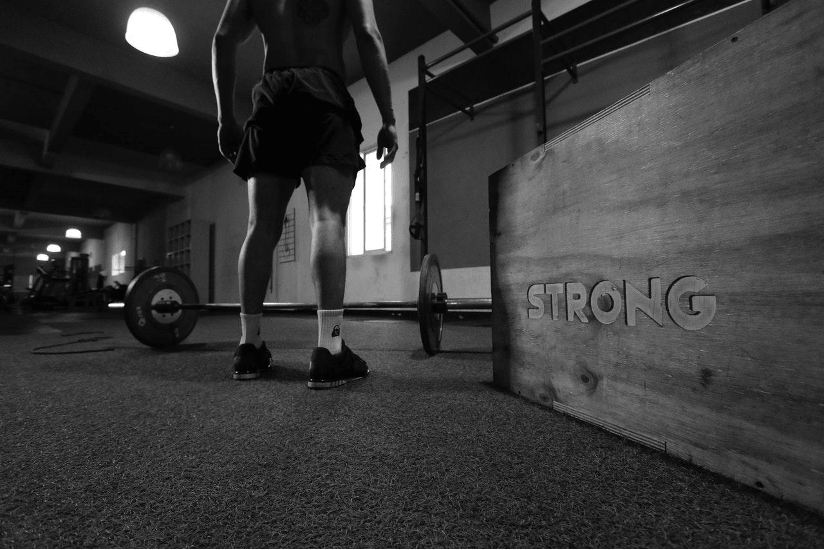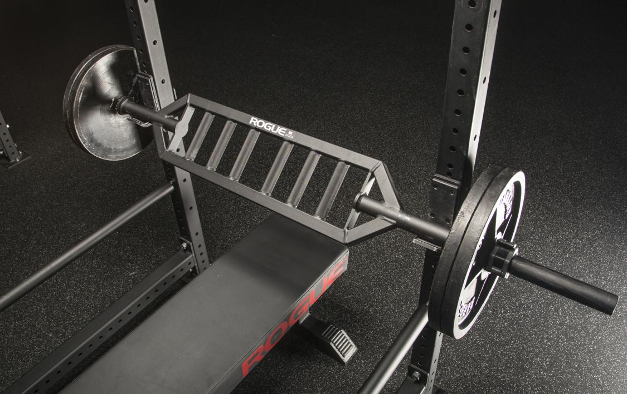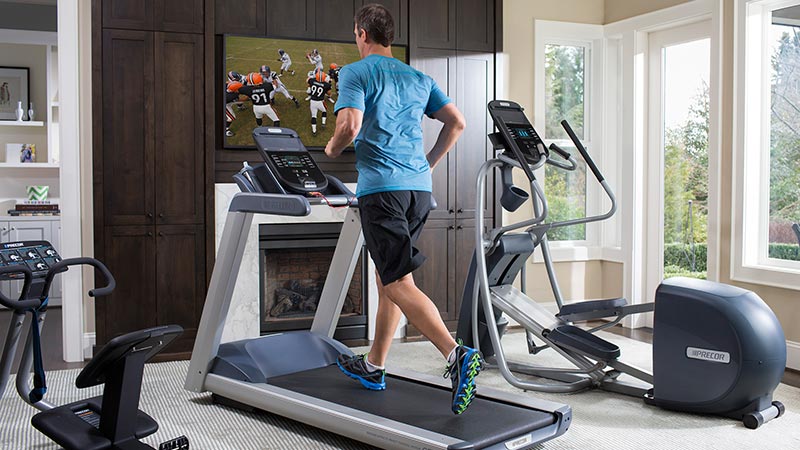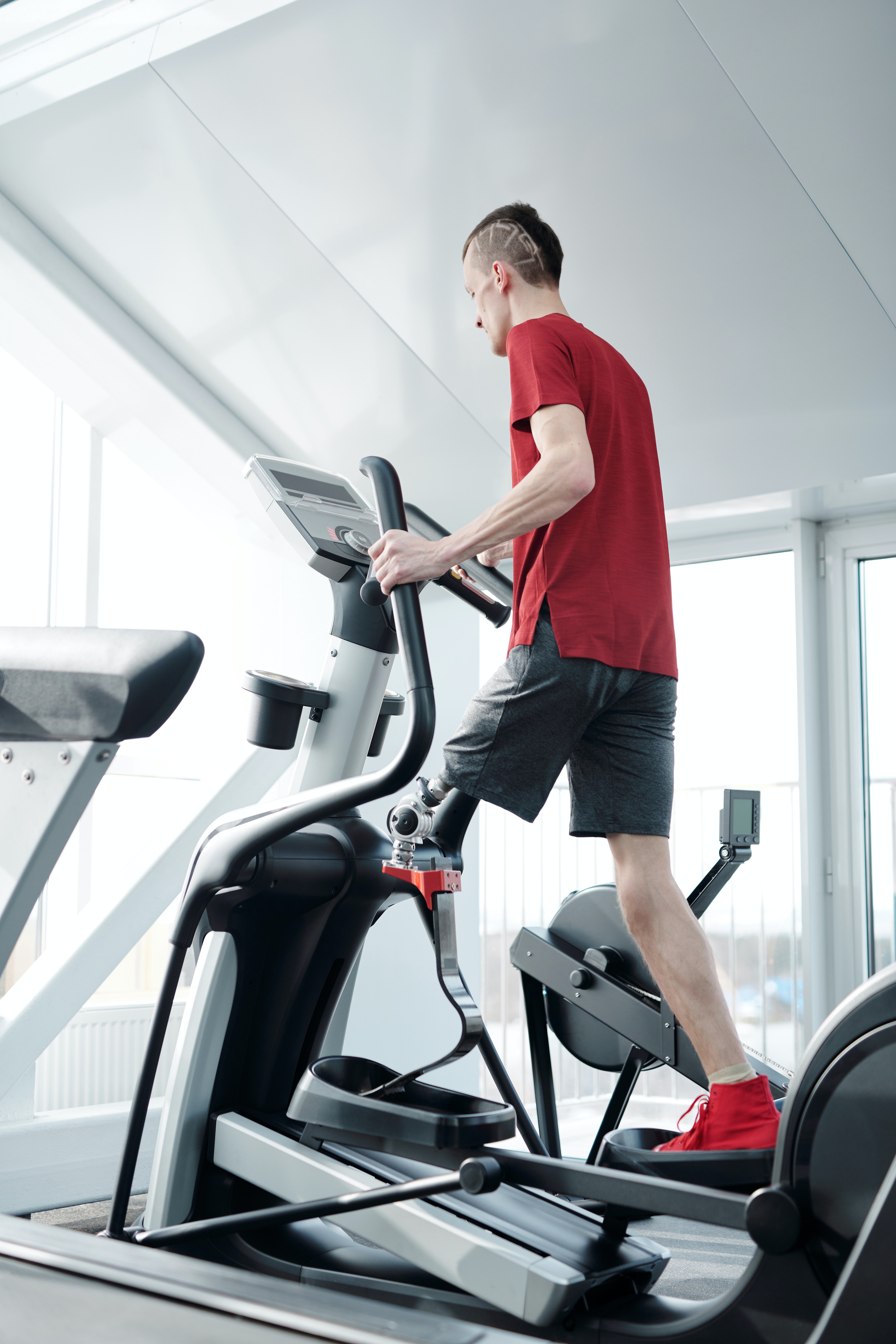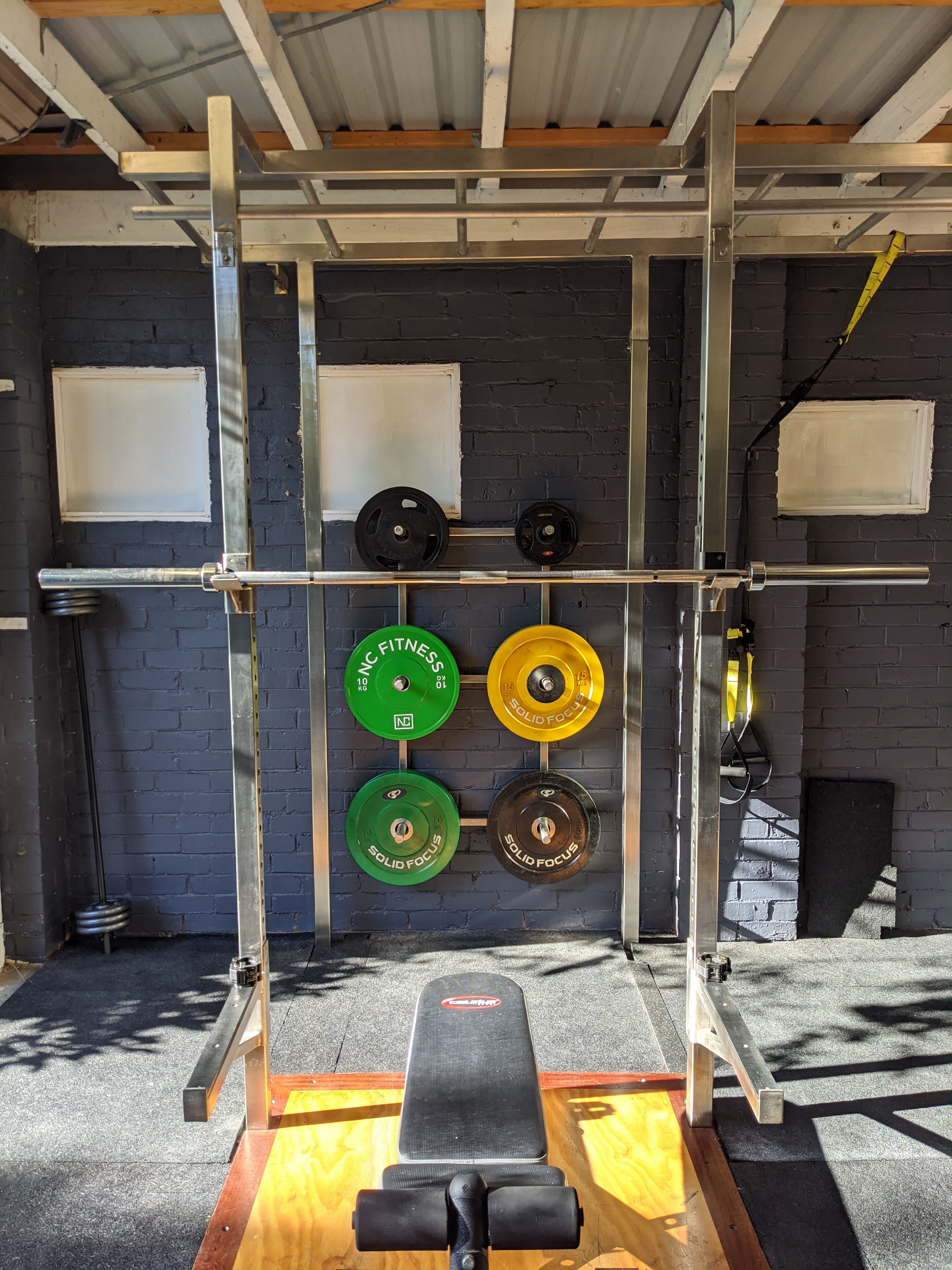Home / Category / How Many Sit-Ups Should You Do a Day? Truth Revealed
How Many Sit-Ups Should You Do a Day? Truth Revealed
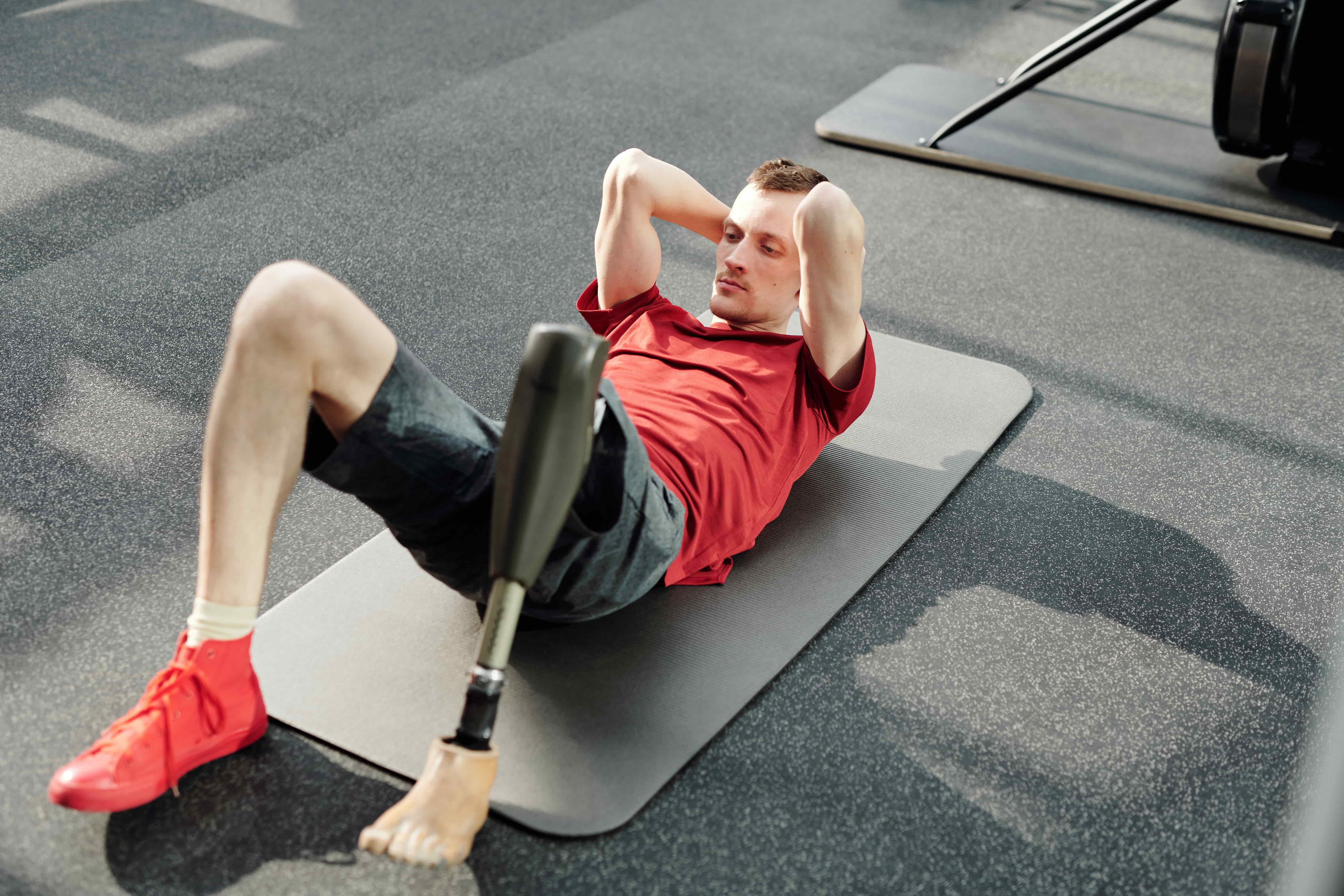
Table of Content
How many sit-ups should you do every day? If you're looking to build a strong core, you've probably asked yourself this question at some point. The answer, unfortunately, is not as simple as you might think.
But, the answer isn't straightforward. factors like fitness level, goals, and your body impact the number of sit-ups for results.
In this article, we will discuss sit-ups and provide some alternative exercises that you can try. We will also discuss how many sit-ups you need to do to see results, based on the latest scientific research.
So whether you're a beginner or a seasoned pro, read on to learn everything you need to know about sit-ups!
How many sit ups should I do?

Starting with 25-30 sit-ups per set, three times a week, seems suitable for many. But, remember, you might need to tweak the count based on your fitness level and goals.
A study from 2010 in the journal Medicine & Science in Sports & Exercise revealed that when men did three sets of 25 sit-ups three times a week for 12 weeks, their ab muscles got stronger without extra benefit from doing more than 25 sit-ups in one set.
In 2013, another study in the Journal of Strength and Conditioning Research showed that women doing three sets of 15 sit-ups thrice weekly for eight weeks boosted their ab muscles. Doing more than 15 sit-ups per set didn't provide extra benefits, the study found.
Now that we've unboxed these intriguing case studies, let's chat about customizing your sit-up routine. If you're just starting, consider easing into the routine with a lower count, allowing your body to adapt gracefully. Seasoned enthusiasts, on the other hand, might find the 25-30 range a sweet spot to sustainably challenge their core.
Let's break it down:
Catering to Fitness Levels
Beginners: Building the Foundation
Starting on your core journey as a beginner? Congrats, you're taking the first step! Begin with a modest sit-up count that doesn't overwhelm your muscles. Gradually introduce sit-ups into your routine, aiming for 10-15 repetitions per set. This gentle initiation not only prevents burnout but also sets the stage for steady progress.
Experienced: Progression is Key
For those with experience under their belt, the path to a stronger core involves progression. Increase your sit-up count by 5-10 reps per set. Strive for the sweet spot of 20-25 sit-ups per set to challenge your muscles without crossing into overexertion territory.
Matching Sit-Ups to Goals

Core Strength Focus
If your core strength is your primary goal, target the higher end of the sit-up count spectrum. Gradually work your way up to 25-30 sit-ups per set. Remember, quality matters more than quantity – ensure each sit-up is executed with impeccable form for optimal results.
Muscle Definition and Weight Loss
Seeking chiseled abs or aiming to shed those extra pounds? A well-rounded approach is key. Incorporate sit-ups as part of your diversified routine. Consider combining them with cardio exercises like high-intensity interval training (HIIT) to ignite calorie burn and accelerate fat loss.
How many sit-ups to get abs?
You can start with 25-30 sit ups of 3 sets per week. However Abs don't just magically appear after a set number of sit-ups. It's an equation of balanced diet and regular exercise.
The Risk of Injury from Sit-Ups: Safety First on Your Core Adventure
Safety is paramount in every fitness venture, including sit-ups. Let's understand the essentials:
Potential Strain on the Neck and Back: Sit-ups, while effective, can strain your neck and back if executed improperly. A core journey should never compromise your well-being. Ensure proper form, engaging your core muscles while minimizing undue strain on these areas.
Form Matters to Avoid Injury: Like mastering a craft, mastering proper sit-up form is non-negotiable. Maintain a controlled, steady motion, and provide ample support to your neck. Elevate your fitness experience by minimizing the risk of strain.
Recommendations for Back Problems: If you're grappling with back issues, sit-ups might not be your optimal choice. Why risk discomfort? Swap them for exercises like planks or leg raises, which offer core benefits minus the back strain.
Seeking Professional Guidance
For those navigating health issues or injuries, consulting a fitness professional or healthcare provider is advised. They can guide you in customizing a routine that prioritizes your well-being and minimizes the risk of exacerbating any existing conditions.
Beyond Sit-Ups: Alternative Exercises - Unleashing the Power of Variations

Ah, let's dive into the exciting realm of alternatives to traditional sit-ups. While sit-ups undoubtedly have their merits, variety is the spice of fitness. By incorporating alternative exercises into your routine, you'll not only keep things fresh and engaging but also target different aspects of your core muscles. Buckle up, fitness explorers, as we journey through these dynamic alternatives that promise to ignite your core like never before.
1. Introducing Variations for Core Engagement
Russian Twists: Imagine this - a seated twist that demands your oblique muscles to work in harmony. The twisting motion not only challenges your core but also engages your stabilizing muscles, promoting balance.
Planks: Ah, the timeless plank. This superstar exercise not only builds core endurance but also tests your full-body stability. Holding a plank position engages multiple muscle groups, giving you that enviable full-body workout.
Leg Raises: Targeting the lower abdominal muscles, leg raises are the ultimate weapon against the elusive lower belly pouch. By lifting your legs while lying on your back, you'll be sculpting those lower abs in no time.
2. Mixing Cardio and Core Work
High-Intensity Interval Training (HIIT) Routines: Prepare to kick it up a notch with HIIT. Incorporating quick bursts of intense exercise followed by brief periods of rest, HIIT not only torches calories but also engages your core as you power through each interval.
Incorporating Burpees, Mountain Climbers, and More: Say goodbye to monotony and hello to dynamic movements. Burpees, mountain climbers, and similar exercises seamlessly fuse cardio and core engagement, ensuring you're working smarter, not harder.
These alternative exercises not only offer a refreshing departure from traditional sit-ups but also provide a comprehensive core workout. By adding these variations to your routine, you'll target different muscles, prevent plateaus, and unveil a well-rounded core strength that's ready to tackle any challenge.
Understanding the Conversation: Signs Your Body is Sending
Your body is a communicator, and it's constantly sending signals. Pay attention to these cues to ensure you're not crossing the line into overexertion territory. Here's what to look out for:
1. Muscle Fatigue: Feeling your muscles get tired is natural during a workout, but if you notice that your muscles are giving out sooner than usual, it might be a sign to ease up.
2. Sharp Pain: A clear red flag. If you're experiencing sharp or shooting pain during sit-ups or any exercise, it's time to stop. Pain is not the goal here.
3. Dizziness and Lightheadedness: If you're feeling woozy or light-headed, it's a sign that your body might not be getting enough oxygen. Take a breather and hydrate.
4. Breathlessness: Shortness of breath is a normal part of exercising, but if you find it hard to catch your breath even after a break, it's time to slow down.
5. Decreased Performance: If you suddenly notice a drop in your performance level or struggle to complete sets that were once manageable, it's a sign that your body might need more recovery.
The Importance of Rest and Recovery
Remember, folks, rest is not a four-letter word. It's your body's way of rejuvenating and repairing. Ignoring rest can lead to burnout and even injury. So, embrace those rest days as a friend, not a foe.
Why Consistency Matters
Picture this: you embark on a sit-up spree one day, channeling all your energy into it. The next day, life gets busy, and the sit-ups take a back seat. Sound familiar? That's where the magic of consistency comes in. Consistency isn't about dramatic one-off efforts; it's the cumulative impact of your daily actions.
The Science Behind Habits
Ever heard of the saying "actions become habits, and habits become who you are"? It's not just a catchy phrase; it's science. Habits are like shortcuts for your brain – they automate actions, making them almost second nature. So, how do you create a habit that sticks? Repetition and consistency. Set a routine that you can seamlessly incorporate into your day.
Structuring Your Core Routine
Now, let's map out your core routine. Start by defining the frequency – how many days a week are you committing to? Consider your schedule and energy levels. Next, sprinkle in rest days to allow those muscles to recover and rebuild. Planning is key here; schedule your core workouts just like you'd schedule any other appointment.
Setting Small Milestones
In the journey to a stronger core, small wins are your best friends. Set achievable milestones, such as increasing the number of sit-ups gradually or holding a plank for a few extra seconds. Celebrate these milestones – they're proof that your consistency is paying off.
Accountability and Tracking Progress
Accountability can be your secret weapon. Share your goal with a friend or keep a workout journal. Having someone cheer you on or seeing your progress in black and white can be incredibly motivating. Track your journey – jot down the number of sit-ups, the time spent planking, and any other exercises you include. Witnessing your growth is a powerful motivator.
Embracing Adaptability
Life is a beautiful blend of the expected and unexpected. Be ready to adapt your routine without letting it derail you. Missed a day? It's not a deal-breaker. Simply pick up where you left off and keep moving forward. Remember, it's not about perfection; it's about progress.
In this final stretch, we have learned that the optimal number of sit-ups per day isn't a one-size-fits-all solution. It's a personalized equation, intricately balanced by your fitness level, aspirations, and unique body composition.
From the case studies that spotlighted the magic of 25-30 sit-ups to the customizations catering to novices and veterans alike, it's clear that success isn't bound by a rigid count but rather by mindful adaptation.




